What is capacity building and how does it affect your ability to make positive changes?
“Before you are a leader, success is all about growing yourself. When you become a leader, success is all about growing others.”
Jack Welch
One of the most perplexing elements of my work is resistance on the part of some to embrace positive change, even when a workplace, home or school culture is dysfunctional, relationships are painful, and work is unfulfilling. Despite this, some people become resistant and rebellious, saying, “We don’t need these changes. Things were just fine.”
In order to make positive change, receptivity, patience, authentic disclosure, compassion, and curiosity are what’s needed because lasting change is inspired, not coerced. Here are common reasons I see for resistance:
- Change requires we let down our guard. We may not be good at the new skills required for growth, or think we should already have them. Many clients don’t like the feelings they have when revisiting how to get along, get motivated and get more done.
- Our Ego tells us it’s better and safer to maintain the status quo. We think, “Don’t bother, you’re never going to be good enough.” Or “What makes you think you can have/do/be that?” Or, “You’ll never be as good as so-and-so.”
- Change requires we spend precious time. We fret over time needed to learn and embrace new habits. We are annoyed by the need to allocate resources to maintain new habits we think we should already have and use and release old, counter-productive ones. In the long-run, the new habits save time.
- Change requires strong intrinsic motivation. This includes nurturing 4 intrinsic motivators. 1. A sense of meaningfulness (purpose), remembering reasons change is important and what we feel called to cause, 2. A sense of choice (values), strategies we uniquely choose for how to be and behave in order to bring about our purpose, 3. A sense of competency (vision), outlining results we want, why they matter and a path to realistically achieve them, and 4. A sense of progress (goals, procedures and roles), in which we successfully implement change so we can celebrate success.
- Change requires faith rather than hope. Jim Carrey recently said in an inspirational speech, “I don’t believe in hope. Hope is a beggar. Hope walks through fire and faith leaps over it.” Brene Brown, researcher and author on shame and vulnerability puts it this way; “We suffer from ‘foreboding joy’, a coping mechanism to avoid disappointment if we don’t succeed as hoped”.
An essential aspect of capacity building should be to increase our ability to cope with change and to use an integrated and holistic approach rather than traditional, outmoded ways of using control to address problems and organizational change. Buy-in needs to be developed in honest straightforward conversations often one person at a time. If you know it’s time to make positive changes but feel unsure or overwhelmed at how to build the capacity for it, call me today or start by taking one of my online exploration assessments under Services on my website. I’ll send you a FREE report.
As published in the column The Extraordinary Workplace, St. Louis Small Business Monthly, January 2015




